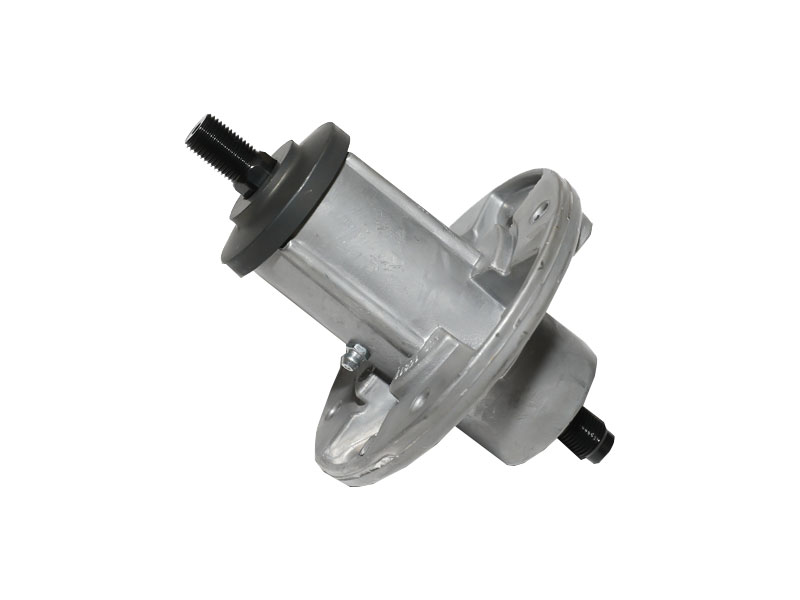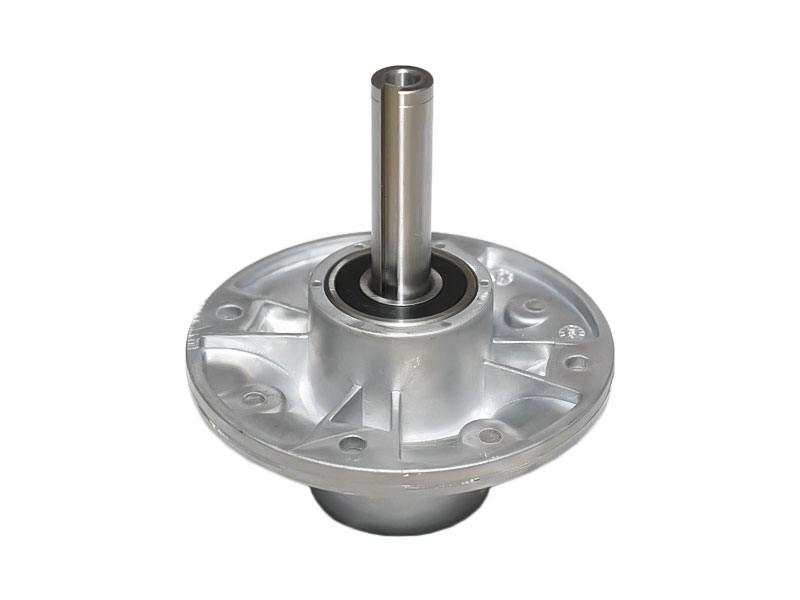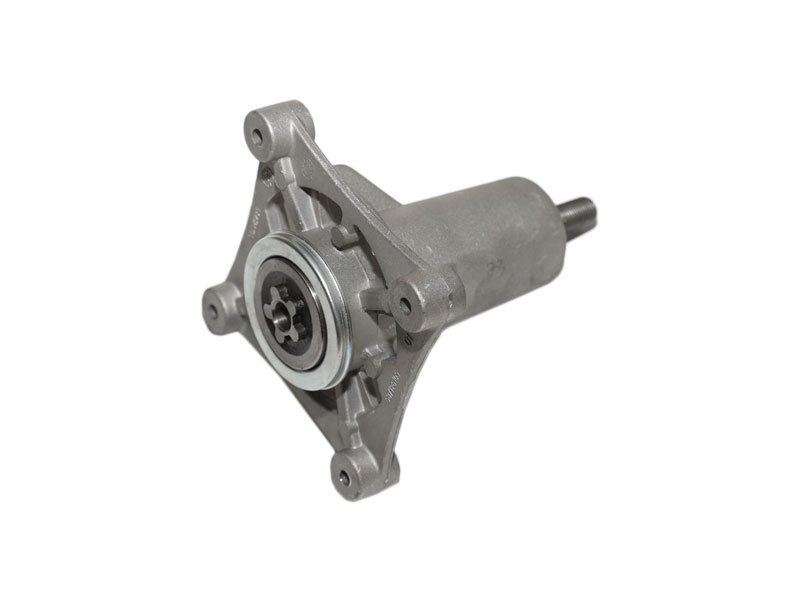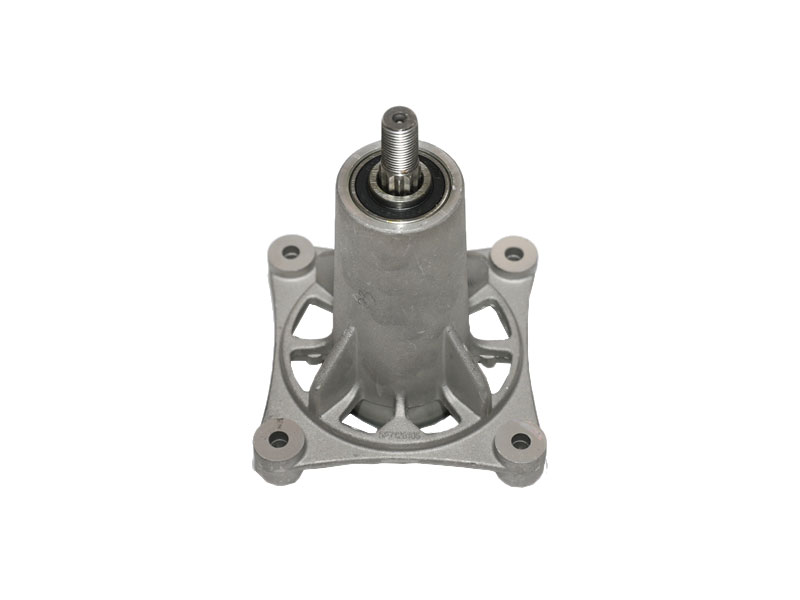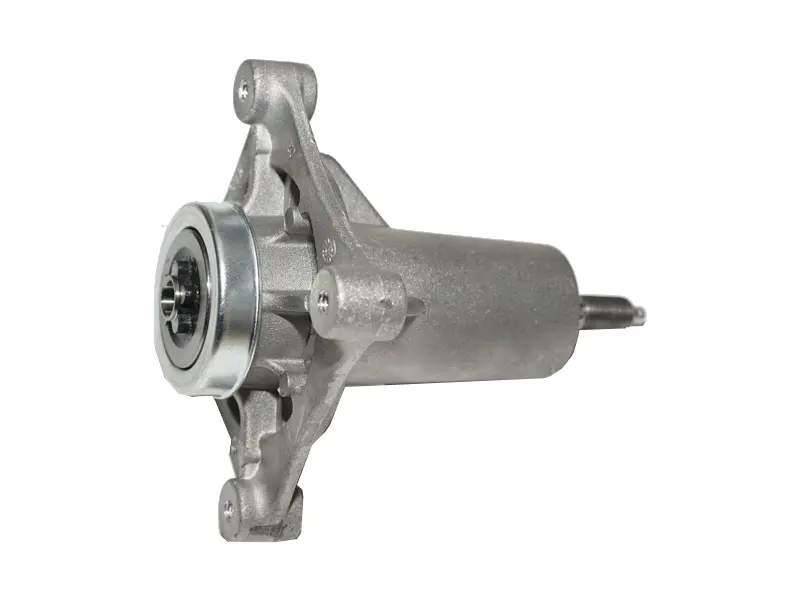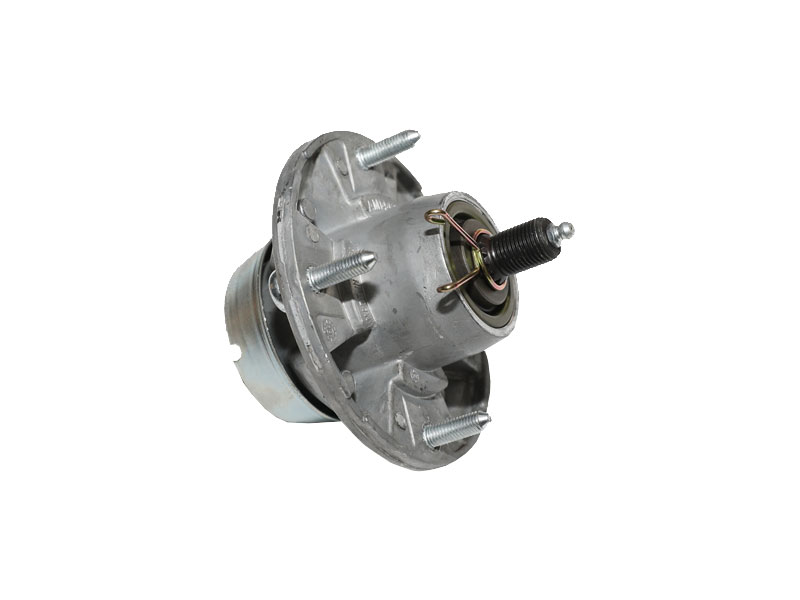Manufacturing precision spindle assembly parts involves producing highly accurate and tightly controlled components that are crucial for the operation of various machinery, such as machine tools, industrial equipment, and electronics. Achieving the necessary precision in spindle assembly parts presents several challenges:
Tolerances and Accuracy: Precision spindle parts require very tight tolerances and high levels of accuracy. Even minor deviations from specifications can lead to significant performance issues or complete failure of the machinery. Maintaining such precise dimensions throughout the manufacturing process is a challenge.
Material Selection: Choosing the right materials with consistent properties is essential. Any variations in material composition can affect the thermal expansion, stiffness, and overall stability of the components, impacting their performance under different operating conditions.
Machining Techniques: The machining processes used to fabricate precision spindle parts must be capable of achieving fine finishes and intricate geometries. Techniques like grinding, honing, and lapping may be necessary, each with its own set of challenges in terms of process control, tool wear, and surface quality.
Vibration and Dynamics: Precision spindles operate at high speeds, making vibration control and dynamic stability crucial. Minimizing vibration requires careful design, material selection, and balancing of rotating components. Small imbalances or irregularities can lead to significant vibrations and reduced performance.
Assembly and Alignment: Assembling precision spindle parts requires meticulous attention to detail. Ensuring proper alignment of all components is crucial for the smooth operation of the spindle. Achieving this alignment consistently during manufacturing can be challenging.
Heat Management: High-speed operations generate heat, which can affect the thermal expansion of components and potentially lead to dimensional changes. Managing heat through proper cooling and thermal isolation techniques is essential to maintain consistent performance.
Surface Finish and Lubrication: The surface finish of precision spindle components is critical to reduce friction and wear. Achieving the required smoothness and applying appropriate lubrication methods are challenges that impact the longevity of the spindle assembly.
Quality Control: Implementing stringent quality control measures throughout the manufacturing process is vital. This includes regular inspection, measurement, and testing of components to ensure they meet the required specifications. Non-destructive testing methods might also be employed to identify defects without damaging the parts.
Tool Wear and Tool Life: Machining precision parts can lead to rapid tool wear due to the hardness and accuracy required. Managing tool wear and replacing tools at the right intervals to maintain consistent quality can be challenging.
Environmental Factors: Environmental conditions such as temperature and humidity can affect the dimensional stability of precision spindle parts, making it necessary to control the manufacturing environment to ensure consistent quality.
Skill and Expertise: Manufacturing precision spindle assembly parts demands a high level of skill and expertise from the workforce. Skilled machinists, engineers, and quality control professionals are essential to overcome the challenges associated with producing such precise components.
Overall, the challenges in manufacturing precision spindle assembly parts stem from the need for exceptional accuracy, tight tolerances, and meticulous attention to detail throughout the entire production process.
 English
English 中文简体
中文简体 Español
Español svenska
svenska




